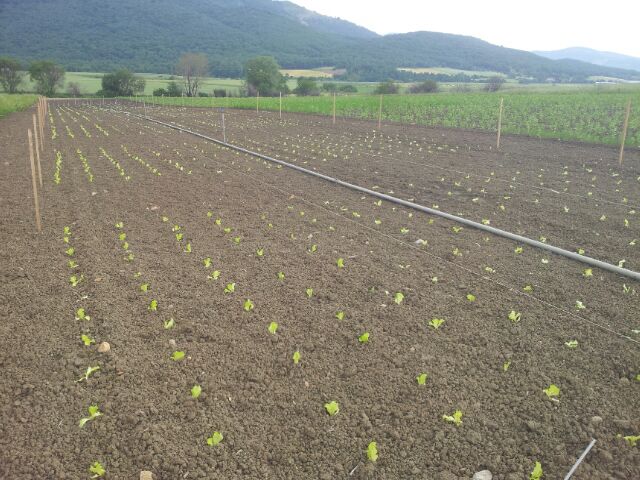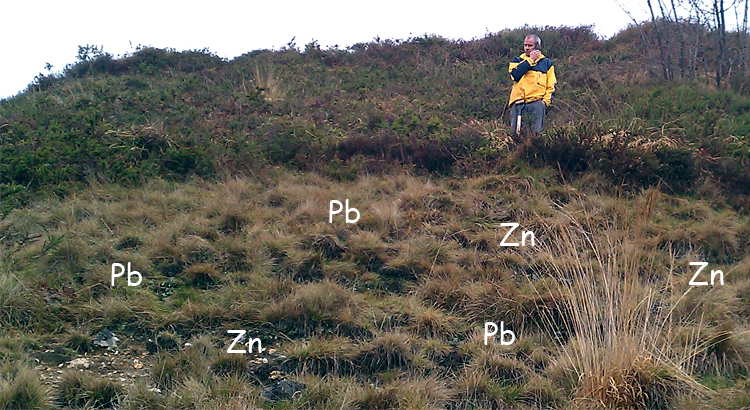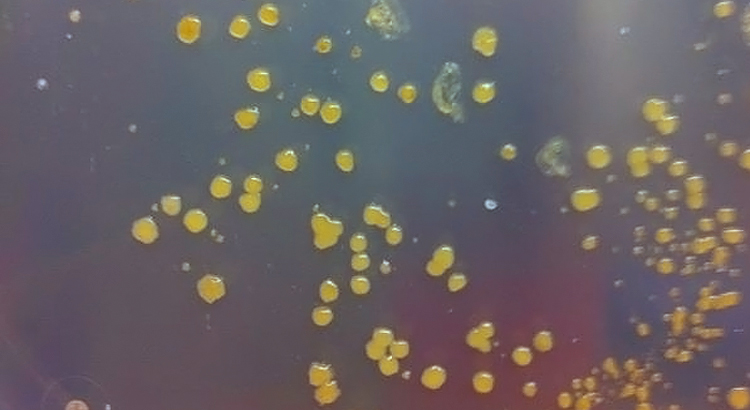Authors: June Hidalgo, Unai Artetxe, José M. Becerril, María T. Gómez-Sagasti, Lur Epelde, Juan Vilela, Carlos Garbisu
Journal: Environmental Science and Pollution Research
DOI: 10.1007/s11356-023-31550-0
The remediation of mixed contaminated soil is challenging as it often requires actions to minimize metal-induced risks while degrading organic contaminants. Here, the effectiveness of different bioremediation strategies, namely, rhizoremediation with native plant species, mycoremediation with Pleurotus ostreatus spent mushroom substrate, and biostimulation with organic by-products (i.e., composted sewage sludge and spent mushroom substrate), for the recovery of a mixed contaminated soil from an abandoned gravel pit was studied. The combination of biostimulation and rhizoremediation led to the most significant increase in soil health, according to microbial indicator values. The application of composted sewage sludge led to the highest reduction in anthracene and polychlorinated biphenyls concentrations. None of the strategies managed to decrease contamination levels below regulatory limits, but they did enhance soil health. It was concluded that the biological remediation treatments improved soil functioning in a short time, before the concentration of soil contaminants was significantly reduced.




